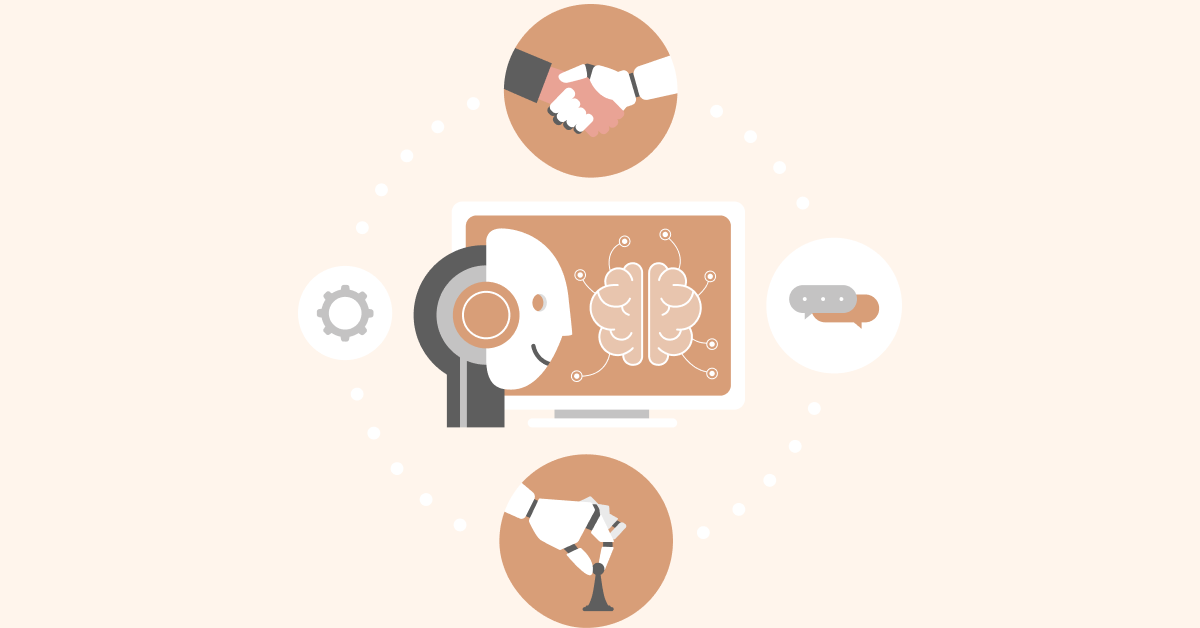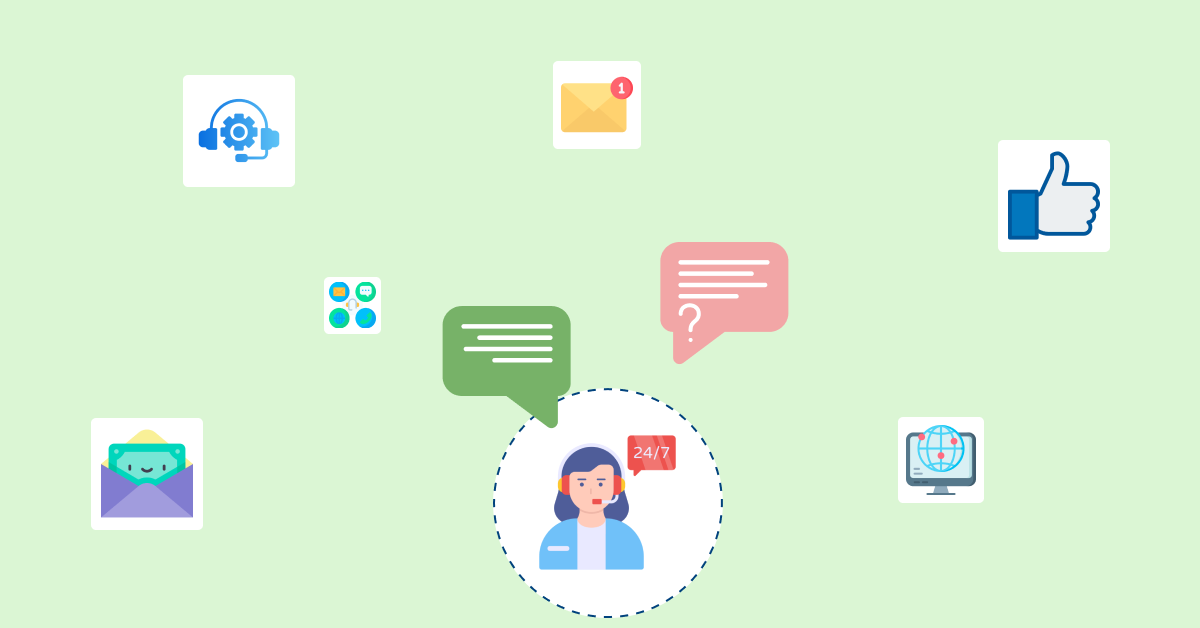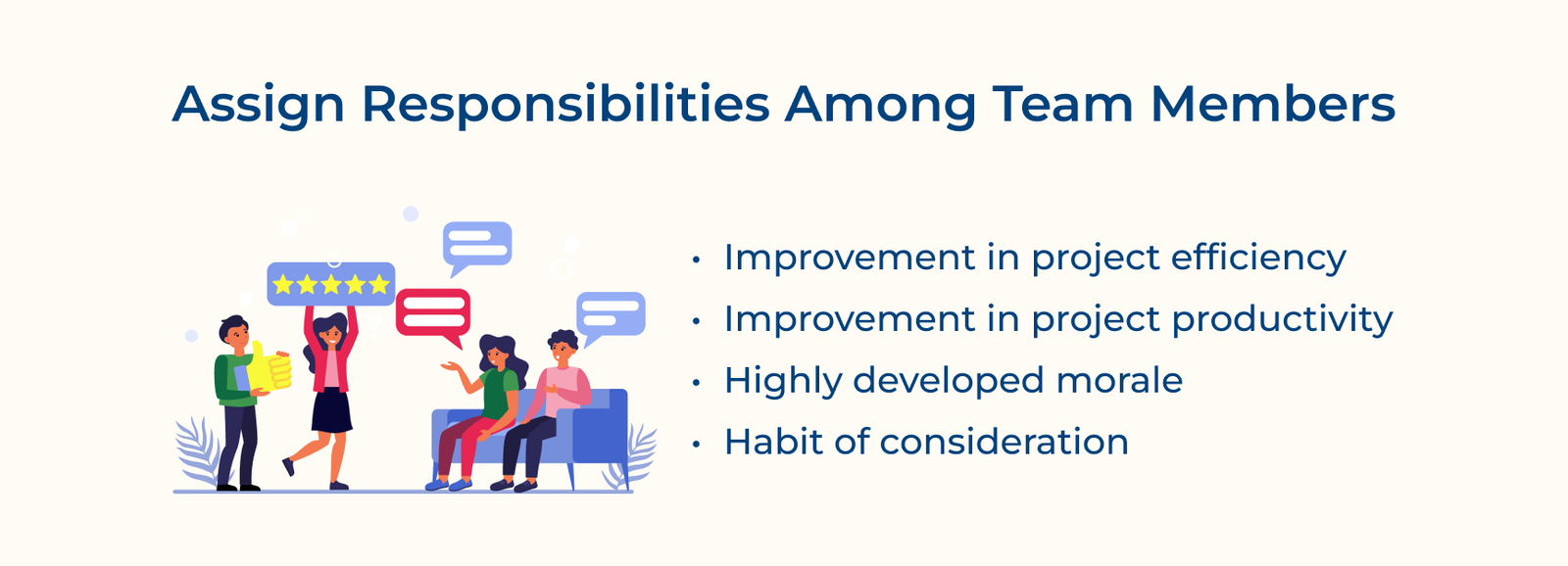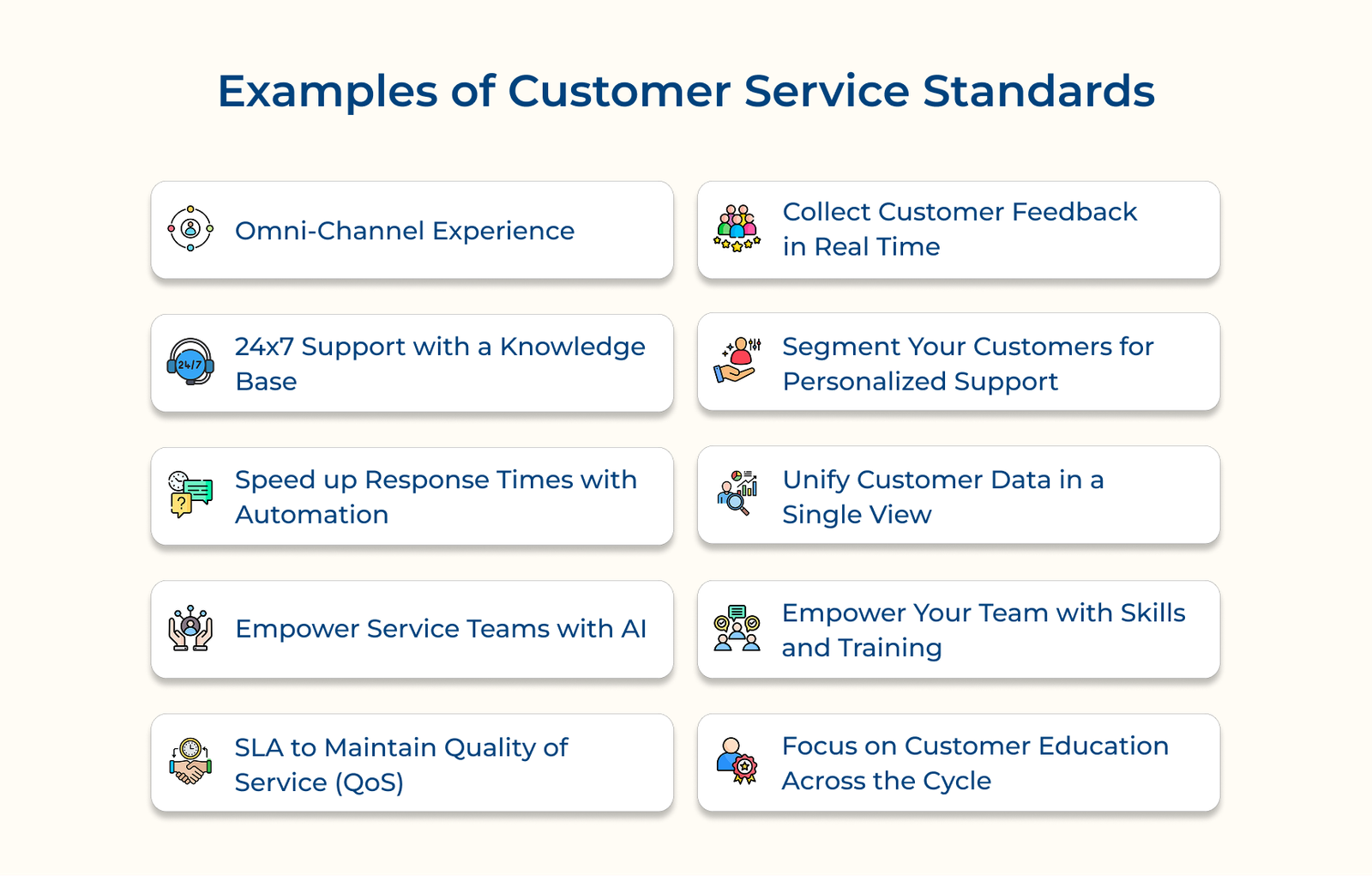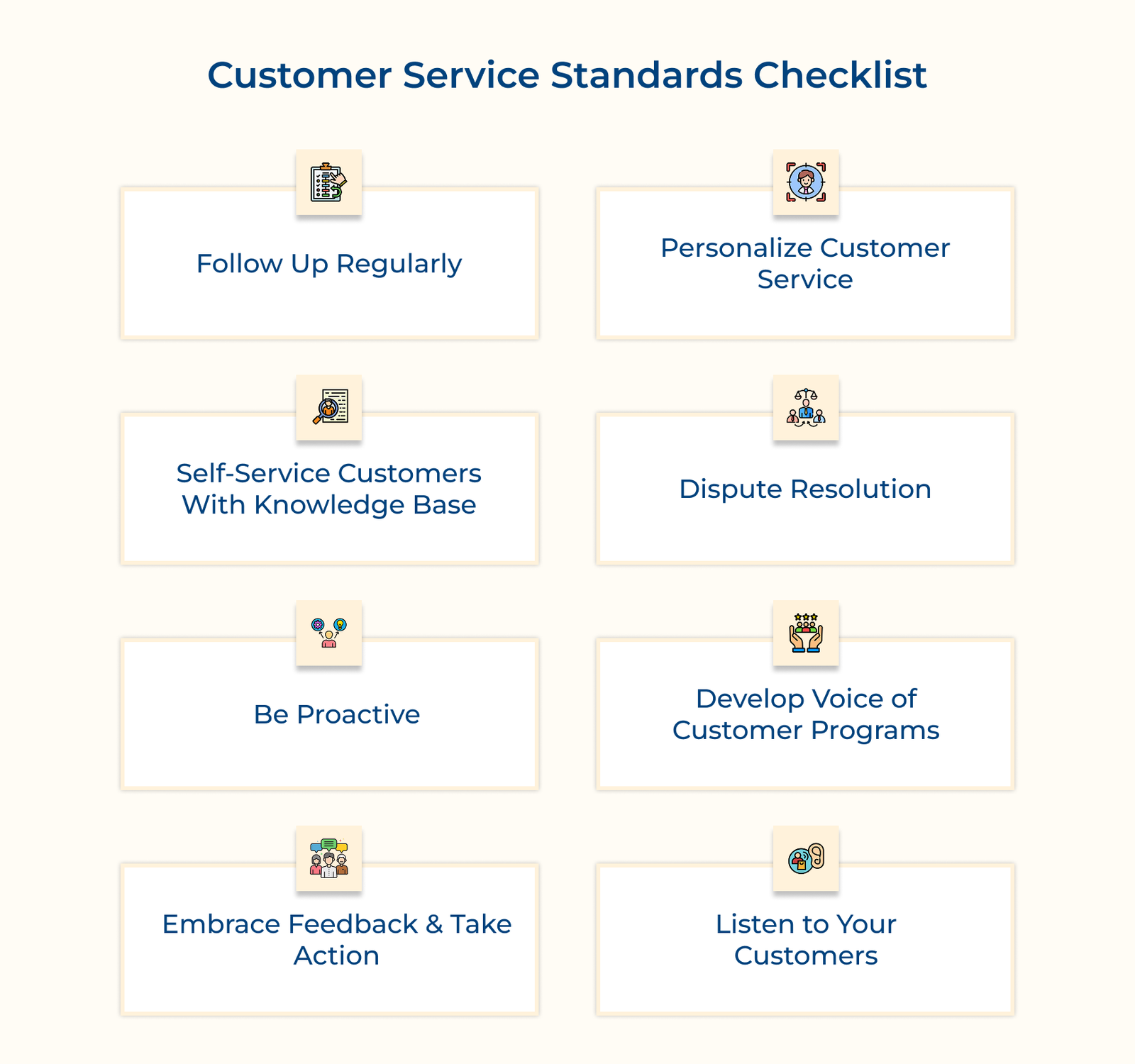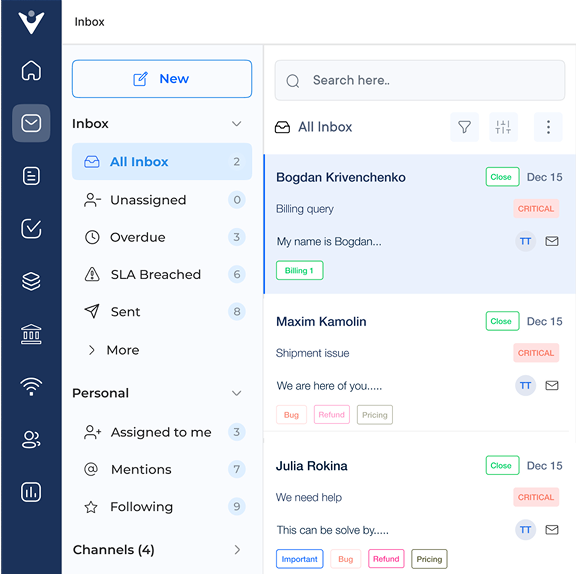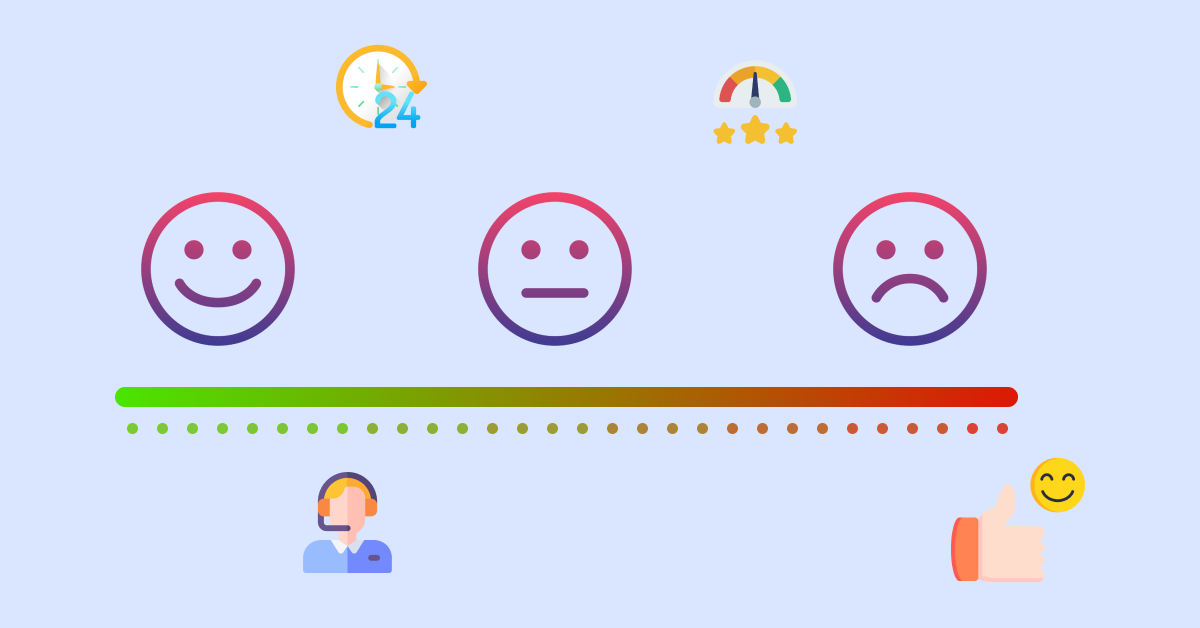Stay ahead by actively seeking customer feedback to improve your service delivery continuously. You can use surveys, online forms, or phone interviews, depending on which collection method works best for each individual situation. Analyzing this data allows you to pinpoint potential problems and take corrective action before these escalate into major issues with your customers.
7. Segment Your Customers for Personalized Support
A comprehensive understanding of your target audiences is essential for tailoring a customer care program to their needs. 71% of customers are frustrated by impersonal shopping experiences. The stat shows the importance of personalized support. Creating customer segments will enable you to create messages tailored to each group.
Applying segmentation data in various forms ensures users get the right messaging at the right time. Reaching out proactively with relevant content prevents many routine service inquiries from ever needing an answer in the first place.
8. Unify Customer Data in a Single View
Gaining insights into individual customers’ preferences can give businesses invaluable insight into how shoppers respond to different messaging and offers. Gaining real value from data requires combining it from various sources like emails, website visits and purchase records.
When customers provide complete information upfront, agents can respond more efficiently and tailor their replies to match individual needs or preferences. It not only speeds up the resolution but also makes customers feel understood, often leading to quicker decisions and better outcomes for everyone.
9. Empower Your Customer Service Reps with the Right Skills and Training
Your employees affect how customers perceive your business. Quality customer service experience begins with them, so it’s important to give them the right skills, such as active listening, problem-solving, conflict resolution, and other soft skills related to customer service, to provide excellent service support. 59% of customers think most businesses need to improve the training of their customer service agents.
Ensure your customer service team has relevant technical knowledge regarding each product they need to represent. It enhances the quality of their services and makes it easier for them to answer complex queries more promptly.
10. Focus on Customer Education across the cycle
Education is vital throughout the customer journey, ensuring their success at every stage. From initial onboarding to ongoing support, it involves helping customers navigate tools, resolve issues, explore new features, troubleshoot problems, and optimize their experience. Prioritizing education empowers customers to maximize your offerings and promote long-term satisfaction.
A focused approach to customer education helps build stronger relationships by showing that you’re invested in helping them get the most out of your offer. It will go a long way toward managing their expectations since they are aware of what is specifically expected from them as a customer.
8 Points Customer Service Standards Checklist
Quality customer service requires following essential best practices and tips. Follow the customer service checklist to ensure delivering top-notch customer support standards.



